A worksheet for an article from the Foundation magazine (Bonus Issue).
This teaching resource is a worksheet for the magazine article ‘What’s in My Kitchen?’ from the Foundation magazine, ‘What’s Buzzing?’ (Bonus Issue).
Updated: 13 Jun 2023
A worksheet for an article from the Foundation magazine (Bonus Issue).
Non-Editable: PDF
Pages: 3 Pages
Year: F
Understand the use of vocabulary in familiar contexts related to everyday experiences, personal interests and topics taught at schoolElaborationsbuilding vocabulary through multiple speaking and listening experiences (Skills: Literacy, Critical and C...
Read decodable and predictable texts, practising phrasing and fluency, and monitor meaning using concepts about print and emerging contextual, semantic, grammatical and phonic knowledgeElaborationsnavigating a text correctly, starting at the right pl...
Use comprehension strategies to understand and discuss texts listened to, viewed or read independentlyElaborationstalking about the meanings in texts listened to, viewed and read (Skills: Literacy, Critical and Creative Thinking)visualising elements ...
Recognise and develop awareness of vocabulary used in familiar contexts related to everyday experiences, personal interests and topics taught at school
Read decodable and authentic texts using developing phonic knowledge, and monitor meaning using context and emerging grammatical knowledge
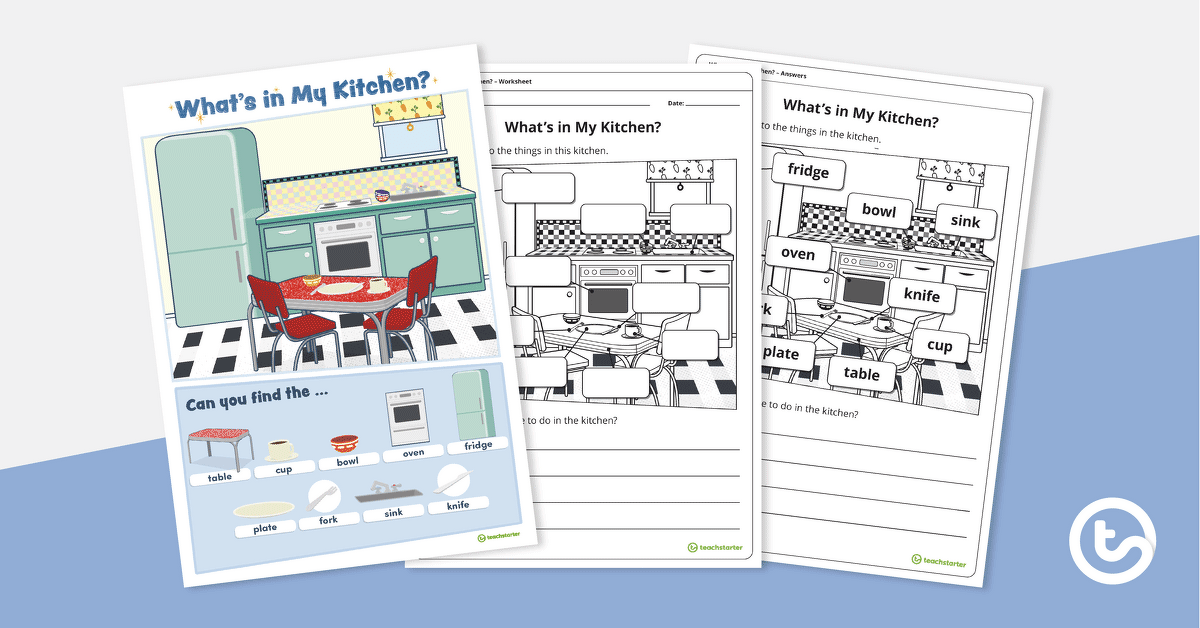
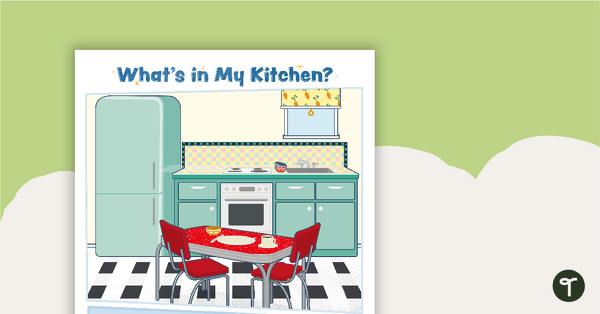
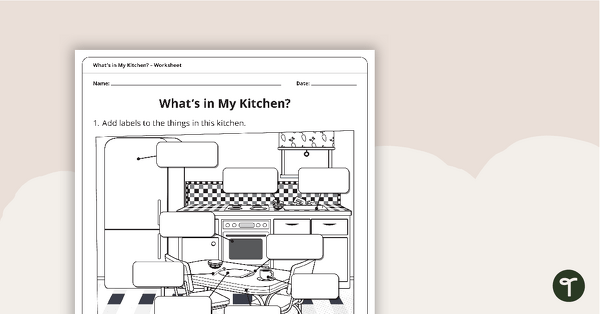
A worksheet for an article from the Foundation magazine (Bonus Issue).
This teaching resource is a worksheet for the magazine article ‘What’s in My Kitchen?’ from the Foundation magazine, ‘What’s Buzzing?’ (Bonus Issue).
Understand the use of vocabulary in familiar contexts related to everyday experiences, personal interests and topics taught at schoolElaborationsbuilding vocabulary through multiple speaking and listening experiences (Skills: Literacy, Critical and C...
Read decodable and predictable texts, practising phrasing and fluency, and monitor meaning using concepts about print and emerging contextual, semantic, grammatical and phonic knowledgeElaborationsnavigating a text correctly, starting at the right pl...
Use comprehension strategies to understand and discuss texts listened to, viewed or read independentlyElaborationstalking about the meanings in texts listened to, viewed and read (Skills: Literacy, Critical and Creative Thinking)visualising elements ...
Recognise and develop awareness of vocabulary used in familiar contexts related to everyday experiences, personal interests and topics taught at school
Read decodable and authentic texts using developing phonic knowledge, and monitor meaning using context and emerging grammatical knowledge

We create premium quality, downloadable teaching resources for primary/elementary school teachers that make classrooms buzz!
Would you like something changed or customised on this resource? While our team makes every effort to complete change suggestions, we can't guarantee that every change will be completed.
Did you spot an error on this resource? Please let us know and we will fix it shortly.
Are you having trouble downloading or viewing this resource? Please try the following steps:
If you are still having difficulty, please visit the Teach Starter Help Desk or contact us .

A fun game for students to play in small groups to consolidate their understanding of adjectives.
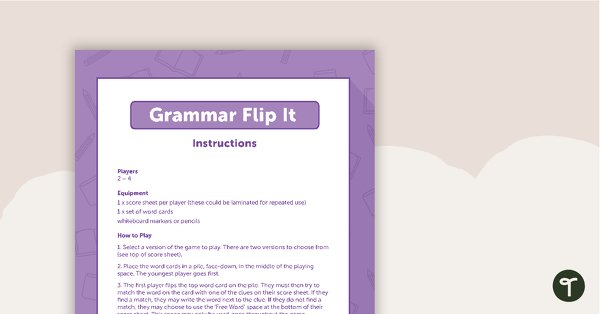
A fun game for students to play in small groups to consolidate their understanding of adverbs.

A set of 12 Queensland Cursive entry and exit shuttles to join together to make a handwriting spaceship.
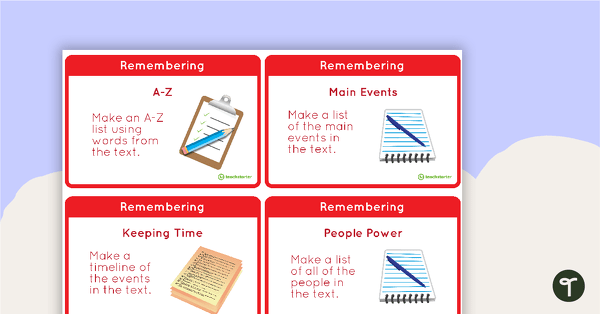
44 Bloom's Taxonomy fast finisher activity cards.
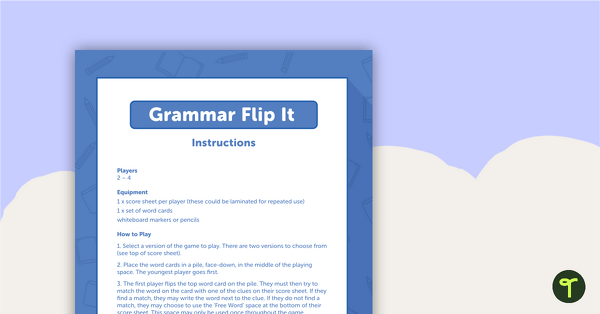
A fun game for students to play in small groups to consolidate their understanding of verbs.

A set of 12 Queensland Cursive entry and exit shuttles to join together to make a handwriting spaceship.

A set of 12 Queensland Cursive entry and exit shuttles to join together to make a handwriting spaceship.
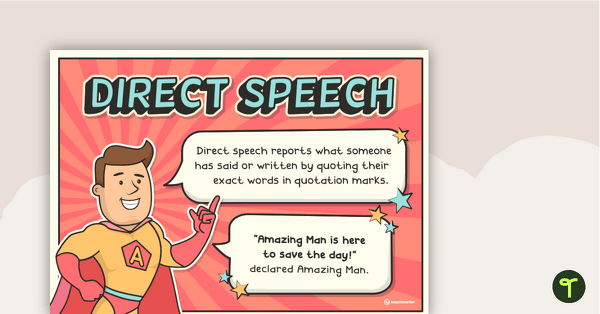
Amazing Man helps students to learn what both direct and indirect speech entails as well as providing examples on how they can use it themselves.
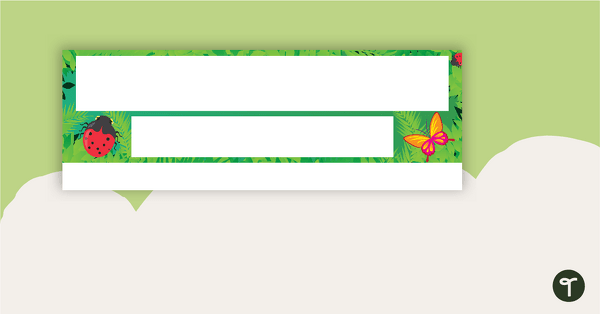
Lower Grade Desk Plates with the alphabet, number line and student's name on them.
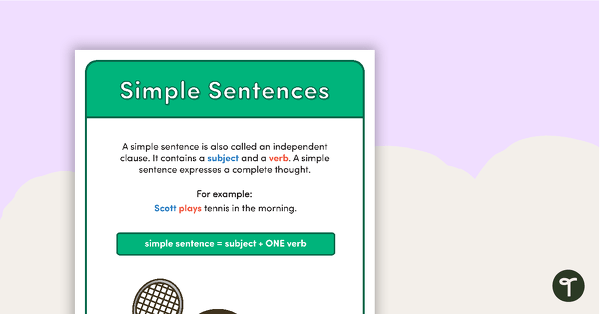
A set of 7 posters outlining the structure of various types of sentences.
0 Comments
Write a review to help other teachers and parents like yourself. If you'd like to request a change to this resource, or report an error, select the corresponding tab above.